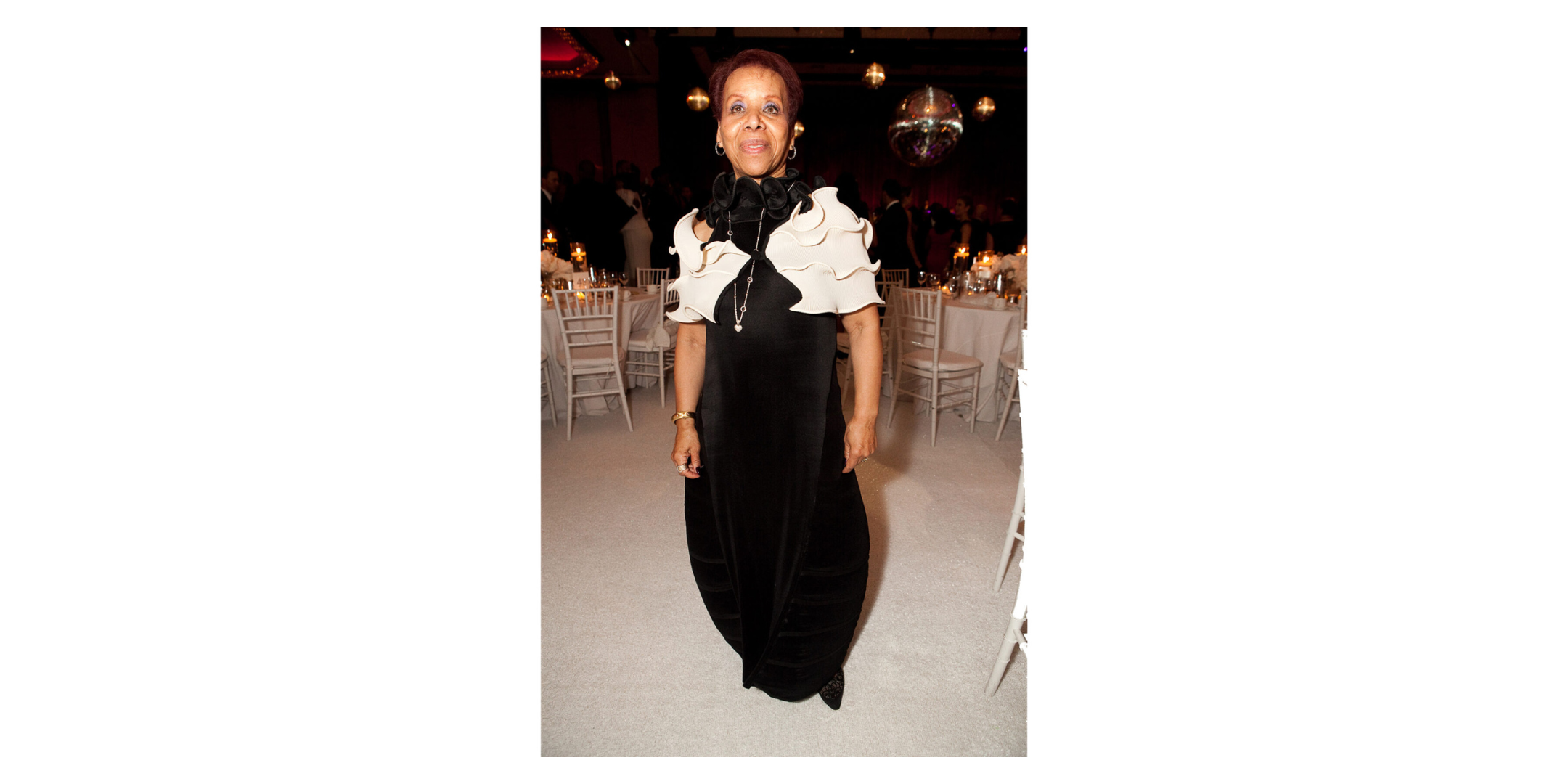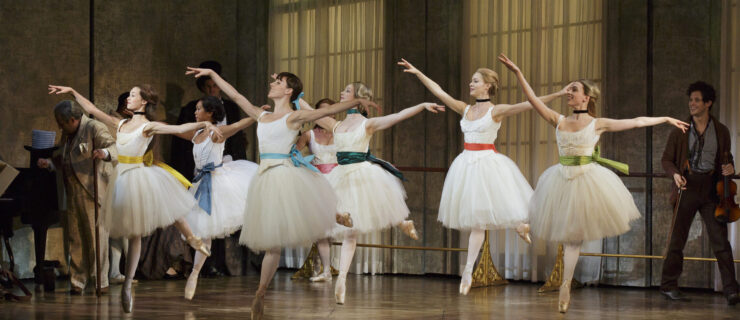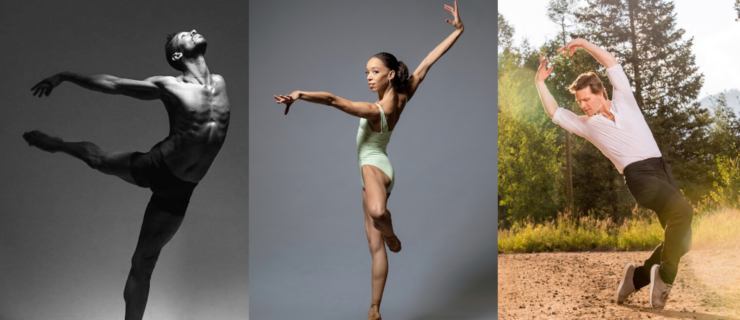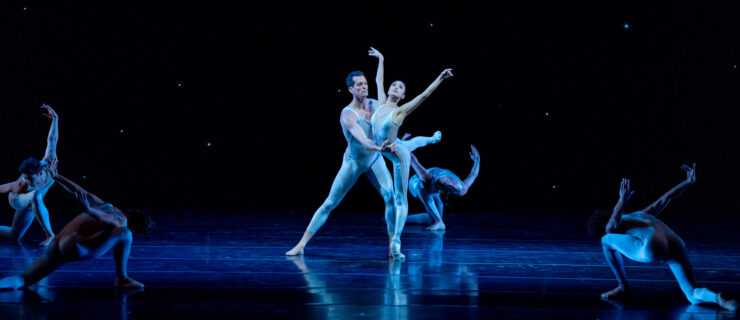Remembering Pioneering Ballerina Delores Browne, 1935–2023
Ballerina and teacher Delores Browne Abelson, known professionally as Delores Browne, transitioned on October 2, 2023. Her close friend, Marilyn Napoli, confirmed that Browne had battled kidney cancer for several months.
Born and raised in Philadelphia, Browne started her love affair with ballet in middle school. In 1949, she was awarded a scholarship by Marion Cuyjet, the founder of the Judimar School, where Browne began her professional training. “I must say she was always a ‘ballerina’ to me,” says Joan Myers Brown, founder and executive artistic advisor of Philadanco, who attended a rival ballet school.
At Judimar, Browne also discovered her love for teaching. “Delores Browne was one of my first ballet teachers,” says Judith Jamison, artistic director emerita of Alvin Ailey American Dance Theater, “and the first Black ballerina I’d ever seen. She was beautiful and carried herself exquisitely.”
In 1953, Judimar sponsored Browne’s enrollment to the School of American Ballet after she sailed through the audition. Returning home after a year, she danced with the short-lived Ballet Guild of Philadelphia. This is notable: Black ballet dancers rarely performed with white companies in the 1950s. At Ballet Guild, Browne worked with Antony Tudor, performing a featured role in his 1954 ballet Offenbach in the Underworld.
In 1956, Browne was invited to join the New York Negro Ballet. The company successfully toured the UK for several months in 1957. Within the tour’s seven-ballet repertoire, she performed five principal roles. Unfortunately, Lucy Thorndike, the patroness who had funded most of the company’s expenses, died, and the company eventually had to fold in 1960.
Browne went on to dance with Louis Johnson and Geoffrey Holder. In the early 1960s, she auditioned for ballet companies in New York, but was never hired. She stopped dancing for several years, until Joffrey Ballet dancer John Jones asked her to perform in a concert evening with him in 1966. New York Times dance critic Clive Barnes wrote that the two danced “radiantly.” The performance reignited her career. “I never came out of dance again,” Browne said.
After this comeback, Browne performed with pickup companies, taught at Syvilla Fort’s school in New York, and from 1968–72 performed with the National Center for Afro-American Artists in Boston. In 1973, she returned to New York City and married Roger Abelson.
In 1974, at Alvin Ailey’s request, Browne formalized the scholarship program at the Ailey School. There, she taught ballet classes, partnering, and even pointe for men. An extraordinarily dedicated educator, she also continued to teach elsewhere, including Philadanco’s school in Philadelphia. “I convinced her to teach my advanced students,” Myers Brown says. “After teaching all day [in New York], she would come to Philadelphia. Nobody in the world would do that but Delores.” Browne kept up that teaching commute weekly for over 40 years.
In 1981, Browne resigned from Ailey, but she continued to teach classes there until 1986. Her contemporary Native American art business, October Art, which lasted from 1984–94, was taking much of her time, along with teaching at Philadanco.
As a philanthropist, she supported Ailey and Philadanco, among other companies, and the International Association of Blacks in Dance’s annual Black ballet dancer auditions. She shared her knowledge, experiences, and financial support so that young dancers could have the opportunities she did not have in the 1950s and ’60s.
“I visited Delores a short time before she went to join the ancestors,” Myers Brown says. “Her last words to me were, ‘Tell the true stories.’ She was a great woman and a true ballerina.”
Browne is survived by her brother, Samuel Brown Jr.; her niece, Shari Garcia; her nephew, Samuel Brown III and his wife, Tracye Brown; her niece, Simona Brown; her nephew, Anthony Brown; and eight great-nieces and -nephews.




